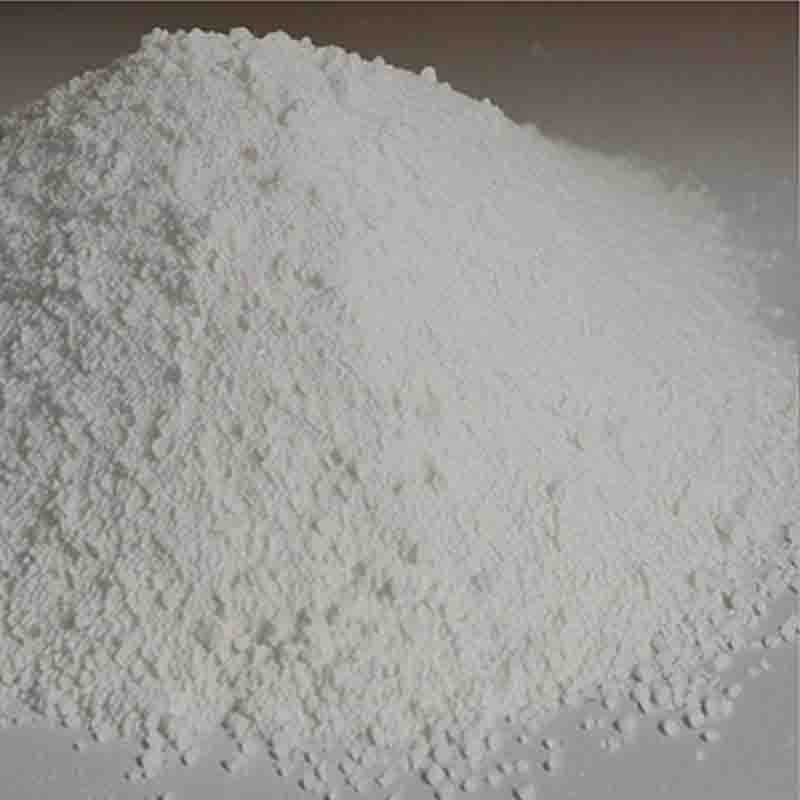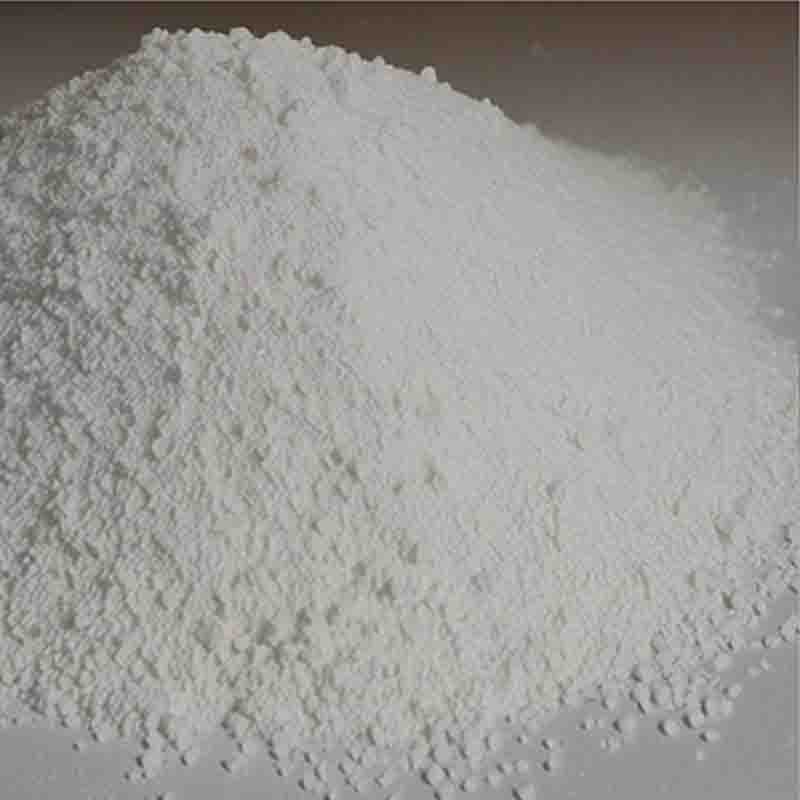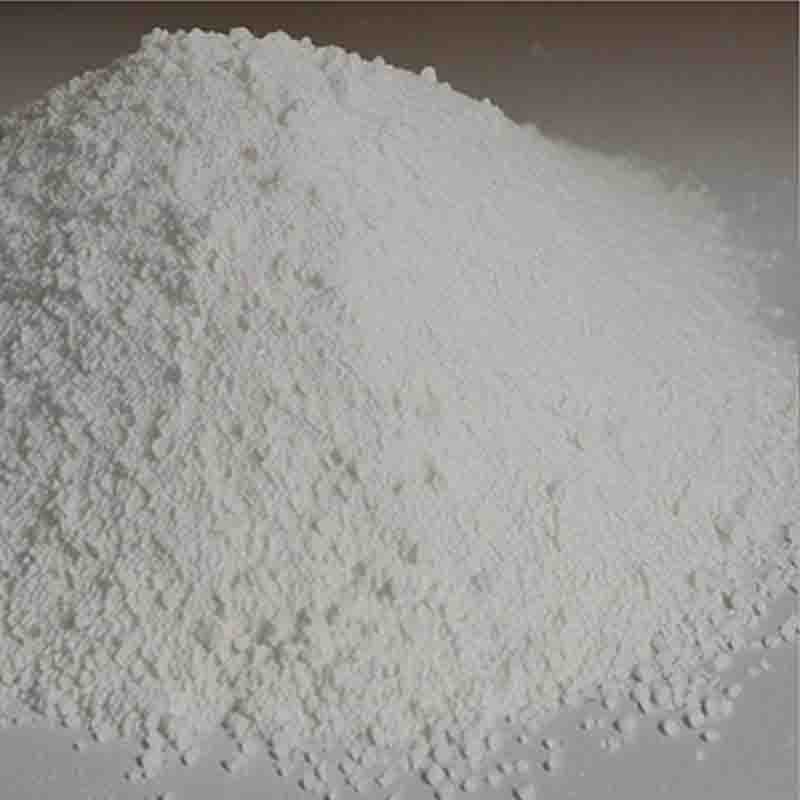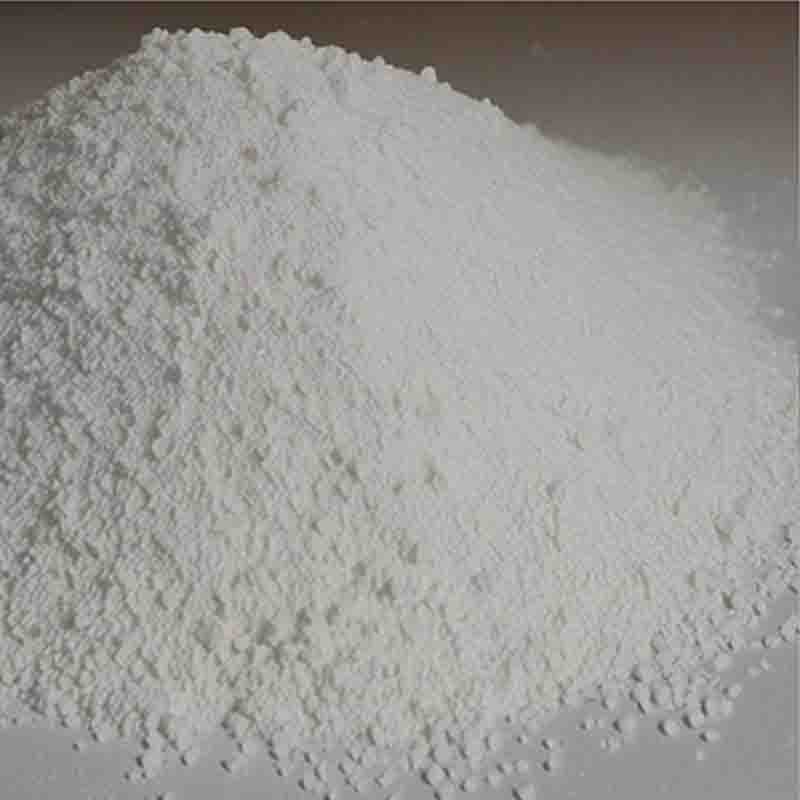Tripotassium hexachlororhodate CAS: 13845-07-3
| Catalog Number | XD94444 |
| Product Name | Tripotassium hexachlororhodate |
| CAS | 13845-07-3 |
| Molecular Formula | Cl6Rh.3K |
| Molecular Weight | 432.92 |
| Storage Details | Ambient |
Product Specification
| Appearance | White powder |
| Assay | 99% min |
Tripotassium hexachlororhodate, also known as K3RhCl6, is a coordination compound that contains a rhodium(III) ion coordinated with chloride ligands and potassium ions. This compound has various applications in catalysis and material science.One significant use of K3RhCl6 is in catalysis for organic transformations. Rhodium(III) complexes are known to exhibit high catalytic activity in various reactions, including hydrogenation, oxidation, and carbon-carbon bond-forming reactions. K3RhCl6, in particular, has been employed in the catalytic hydrogenation of alkenes and alkynes. The complex acts as a catalyst, promoting the addition of hydrogen across the unsaturated bonds, resulting in the formation of saturated products. This catalytic hydrogenation process finds applications in the production of fine chemicals, pharmaceuticals, and polymers.Furthermore, K3RhCl6 is used in the synthesis of coordination polymers and metal-organic frameworks (MOFs). Coordination polymers are extended structures composed of metal ions or clusters bound to organic ligands. They exhibit diverse properties, including tunable porosity, catalytic activity, and selective adsorption capabilities. K3RhCl6 can serve as a precursor for the synthesis of rhodium-based coordination polymers and MOFs with various structures and functionalities. These materials find applications in gas storage, separation processes, and catalysis.In addition to catalysis and material science, K3RhCl6 has been investigated for its potential use in optoelectronic devices. Rhodium complexes have unique optical and electronic properties, making them promising candidates for use in organic light-emitting diodes (OLEDs) and other electronic devices. K3RhCl6 can be incorporated into thin films and used as a dopant to enhance the efficiency and performance of these devices. Its utilization in OLEDs can lead to brighter and more energy-efficient displays.Moreover, K3RhCl6 has been studied for its electrochemical properties. Rhodium complexes can exhibit redox activity, making them suitable for use in electrochemical devices, such as fuel cells and batteries. The ability to reversibly undergo oxidation and reduction reactions allows for the storage and release of energy in these systems.In summary, K3RhCl6 is a versatile compound with various applications in catalysis, material science, optoelectronics, and electrochemistry. Its use as a catalyst enables efficient hydrogenation and other organic transformations, while its incorporation into coordination polymers and MOFs leads to tunable materials with diverse properties. Additionally, K3RhCl6 shows promise in optoelectronic devices and electrochemical systems. The unique properties of rhodium(III) complexes make K3RhCl6 a valuable tool in multiple fields, contributing to advancements in green chemistry, energy storage, and electronic devices.









